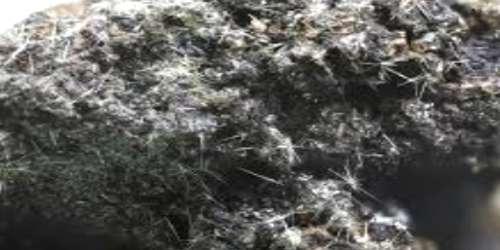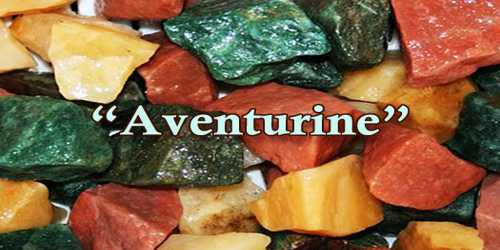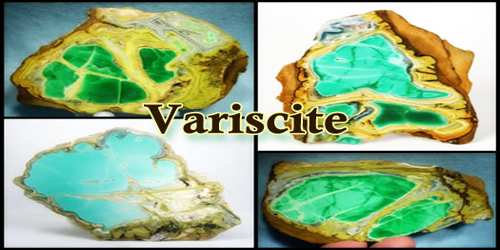Hoelite is a very rare organic mineral discovered in 1922 at Mt. Pyramide, Spitsbergen, Norway. Its chemical formula is C14H8O2 (9,10-anthraquinone). It is a monoclinic-prismatic mineral containing carbon, hydrogen, and oxygen. Hoelite is a mineral, discovered in 1922 at Mt. Pyramide, Spitsbergen, Norway and named after Norwegian geologist Adolf Hoel (1879–1964).
The mineral was named after Adolf Hoel, geologist, leader of a Norwegian expedition to Spitzbergen.
General Information
- Category: Organic mineral
- Formula: C14H8O2
- Crystal system: Monoclinic
- Crystal class: Prismatic (2/m) (same H-M symbol)

Fig: Hoelite
Properties
Hoelite is a yellow or yellow-green mineral with the light yellow streak and good cleavage. The density of hoelite is 1.42 g/cm3. It is a very rare organic mineral which occurs in coal fire environments in association with sal ammoniac and native sulfur.
- Color: Yellow, yellowish green
- Crystal habit: Acicular clusters; pseudo-orthorhombic
- Cleavage: Good
- Streak: Light yellow
- Diaphaneity: Semitransparent
- Specific gravity: 1.42
- Optical properties: Biaxial (+)
Occurrence
Hoelite occurs in crusts around the surface vents of a burning coal deposit. It is closely associated with sulfur and sal ammoniac. It is largely distributed in Mt. Pyramide, Spitsbergen, Norway.
Association: Sal ammoniac, sulfur.
Information Source:
















